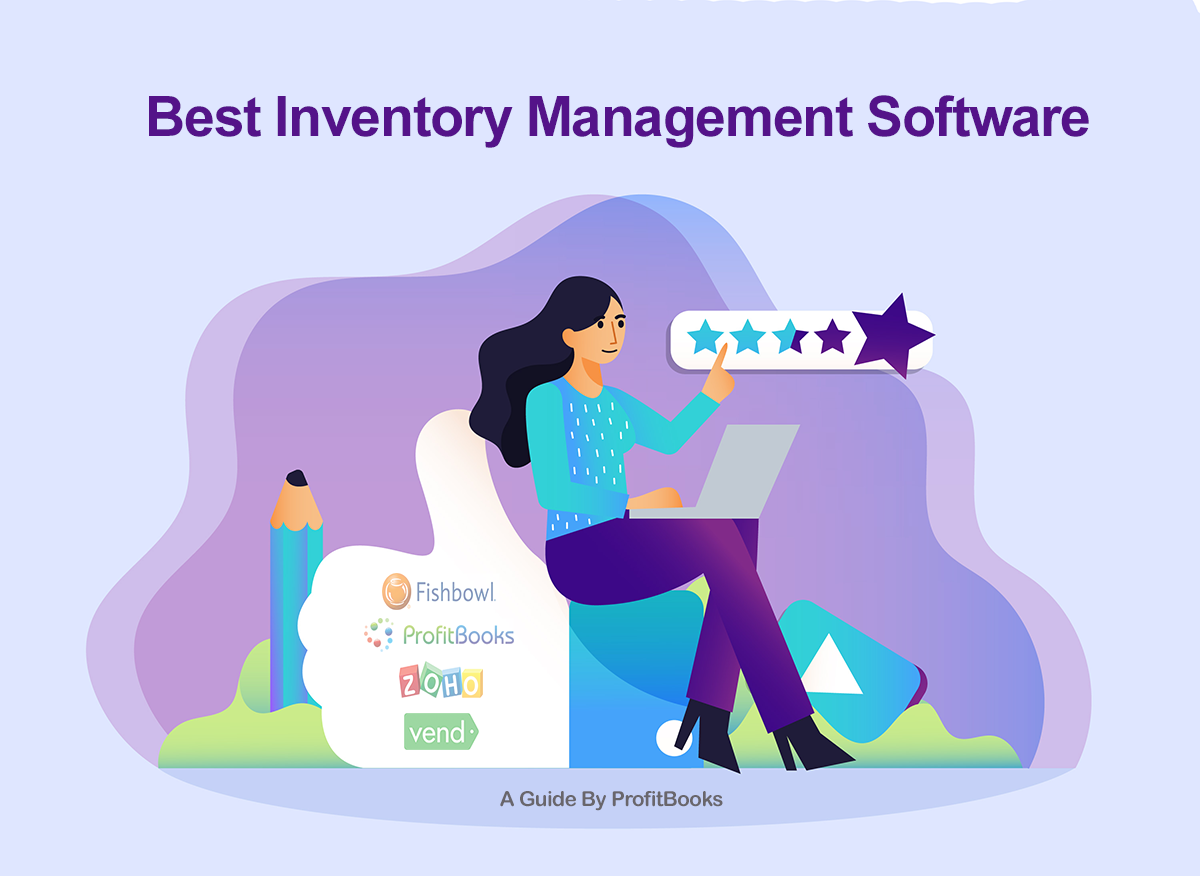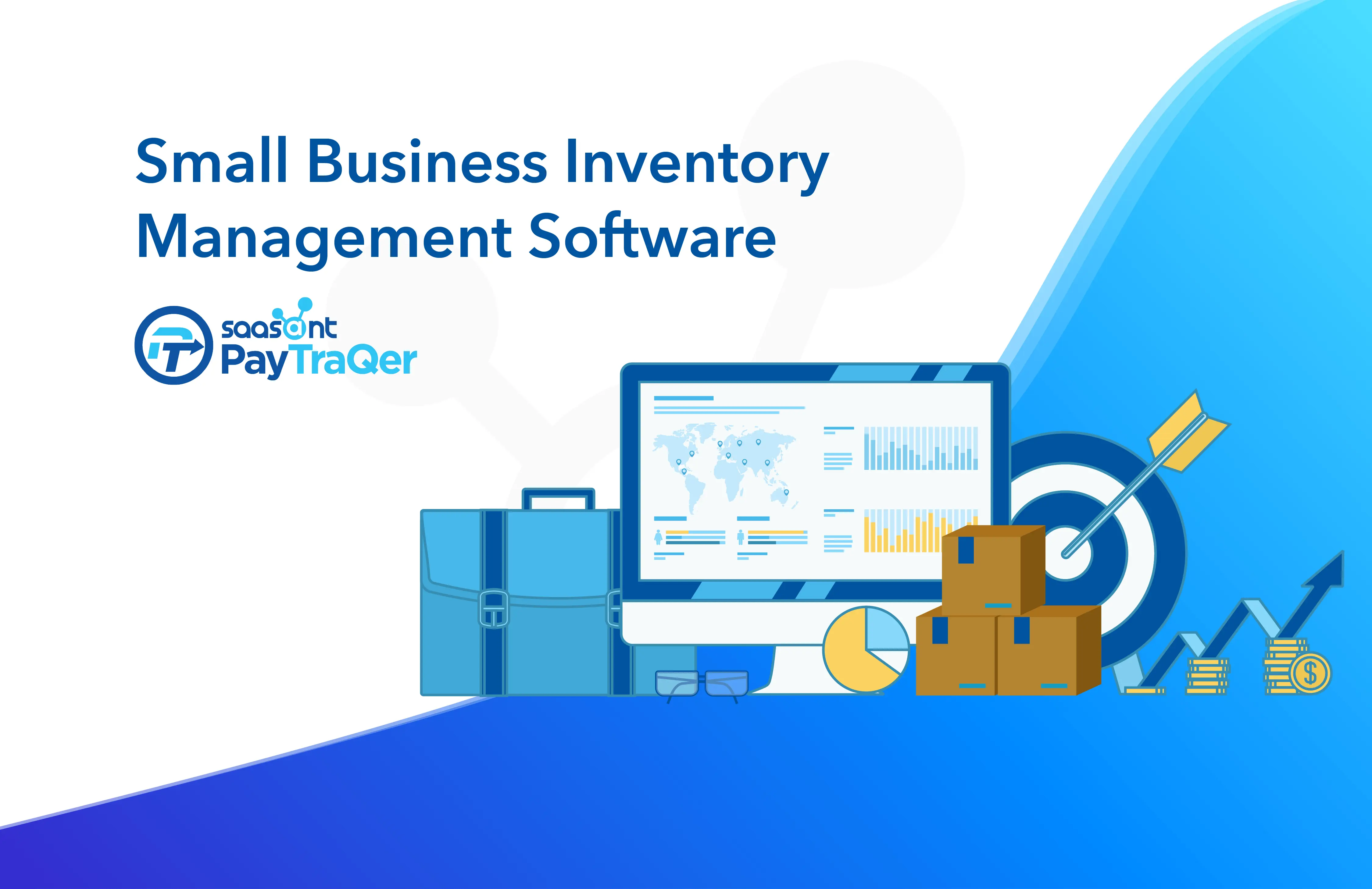Inventory management software for small manufacturing businesses is an indispensable tool that empowers these businesses to streamline their operations, reduce costs, and enhance customer satisfaction. With the right inventory management system, small manufacturers can gain a competitive edge and achieve operational excellence.
Effective inventory management is crucial for small manufacturing businesses. It enables them to optimize stock levels, minimize waste, and improve inventory accuracy, ultimately leading to increased profitability and growth.
Inventory Management for Small Manufacturing Businesses

Inventory management is a crucial aspect of operations for small manufacturing businesses. With limited resources and tight profit margins, efficient inventory management can make a significant impact on their success.
According to a study by the National Association of Manufacturers (NAM), 43% of small manufacturers identify inventory management as a top challenge. Poor inventory management can lead to stockouts, excess inventory, and inaccurate records, all of which can result in lost sales, increased costs, and operational inefficiencies.
Challenges of Inventory Management for Small Manufacturing Businesses
- Limited resources: Small businesses often have limited capital and storage space, making it difficult to maintain optimal inventory levels.
- Complex supply chains: Small manufacturers often rely on multiple suppliers for raw materials and components, which can make it challenging to coordinate inventory levels and ensure timely deliveries.
- Fluctuating demand: Demand for manufactured goods can be unpredictable, making it difficult to forecast inventory needs accurately.
- Perishable inventory: Some manufacturing businesses deal with perishable inventory, such as food or chemicals, which requires careful inventory management to avoid spoilage and waste.
Features of Inventory Management Software
Inventory management software is a valuable tool for small manufacturing businesses to streamline their operations and improve efficiency. Here are some essential features to look for:
Stock Tracking
Accurate stock tracking is crucial for managing inventory effectively. The software should provide real-time visibility into inventory levels, including raw materials, work-in-progress, and finished goods. This allows businesses to optimize production schedules, prevent stockouts, and reduce waste.
Order Management
The software should enable businesses to manage orders efficiently, from receiving to fulfillment. This includes features such as order entry, order processing, and shipping management. Integration with other business systems, such as accounting and CRM, can further streamline the order management process.
Reporting Capabilities
Robust reporting capabilities are essential for analyzing inventory performance and making informed decisions. The software should provide a range of reports, including inventory turnover, stock levels, and order history. These reports can help businesses identify trends, optimize inventory levels, and improve profitability.
Benefits of Using Inventory Management Software: Inventory Management Software For Small Manufacturing Business
Inventory management software provides numerous advantages for small manufacturing businesses, enabling them to streamline operations, reduce costs, and enhance customer satisfaction.
Improved efficiency is a key benefit of using inventory management software. It automates inventory tracking, reducing the time and effort spent on manual processes. Real-time visibility into inventory levels allows businesses to make informed decisions, such as optimizing production schedules and minimizing stockouts.
Reduced Costs
Inventory management software helps businesses reduce costs in several ways. By optimizing inventory levels, businesses can minimize waste and avoid the costs associated with overstocking. The software also helps businesses negotiate better prices with suppliers, as they have a clear understanding of their inventory needs.
Enhanced Customer Satisfaction
Inventory management software contributes to enhanced customer satisfaction by ensuring that businesses can fulfill orders accurately and on time. With real-time visibility into inventory levels, businesses can avoid stockouts and meet customer expectations. Additionally, the software can provide customers with self-service options, such as online order tracking, further enhancing their experience.
Types of Inventory Management Software

Inventory management software for small manufacturing businesses comes in various types, each tailored to specific needs and preferences. Understanding the different types available can help businesses choose the best solution for their operations.
The main types of inventory management software include:
Cloud-based Software
- Advantages: Accessibility from anywhere with an internet connection, automatic updates, scalability, and reduced hardware and maintenance costs.
- Disadvantages: Dependence on internet connectivity, potential security concerns, and limited customization options.
On-premise Software
- Advantages: Complete control over data, higher security, and customizable to specific business needs.
- Disadvantages: Requires hardware and IT support, higher upfront costs, and limited accessibility outside the local network.
Open-source Software
- Advantages: Free or low-cost, customizable, and accessible to developers.
- Disadvantages: May require technical expertise for implementation and support, and limited features compared to commercial software.
Specialized Software
- Advantages: Tailored to specific industries or business processes, providing specialized features and functionality.
- Disadvantages: Can be expensive, may require additional training, and may not be suitable for all businesses.
Implementing Inventory Management Software
Implementing inventory management software in a small manufacturing business can streamline operations, reduce costs, and improve efficiency. Here’s a step-by-step guide to ensure a smooth implementation process:
Define Requirements
- Determine the specific needs of your business, such as tracking raw materials, finished goods, and work-in-progress inventory.
- Identify the key features and functionality required, such as inventory tracking, reorder point calculation, and reporting capabilities.
Select Software
- Research and evaluate different inventory management software solutions available.
- Consider factors such as cost, ease of use, scalability, and integration with existing systems.
- Request demos and consult with vendors to ensure the software meets your requirements.
Configure and Customize
- Set up the software according to your business processes and inventory management practices.
- Customize fields, workflows, and reports to meet your specific needs.
- Ensure the software is integrated with other relevant systems, such as your accounting or ERP system.
Train Staff
- Provide comprehensive training to all staff who will be using the software.
- Cover topics such as data entry, inventory management principles, and reporting functionality.
- Create training materials and documentation for future reference.
Go Live
- Set a date to officially launch the inventory management software.
- Ensure all data is accurately entered and the system is functioning properly.
- Monitor the software’s performance and make adjustments as needed.
Monitor and Evaluate, Inventory management software for small manufacturing business
- Regularly review inventory data and reports to identify trends and areas for improvement.
- Seek feedback from users to assess the effectiveness of the software.
- Make adjustments to the software or processes as needed to optimize inventory management.
Best Practices for Inventory Management
Inventory management is crucial for small manufacturing businesses to optimize operations, reduce costs, and enhance customer satisfaction. Implementing best practices can streamline inventory processes, minimize waste, and improve accuracy.
Optimizing Inventory Levels
* Establish Minimum and Maximum Levels: Determine the optimal inventory levels for each item based on demand patterns, lead times, and safety stock requirements.
* Use ABC Analysis: Classify inventory items into categories (A, B, C) based on their value and demand. Focus on managing high-value items (A) closely and relax controls for low-value items (C).
* Implement Just-in-Time (JIT) Inventory: Reduce inventory levels by receiving materials only when needed for production, minimizing storage costs and waste.
Minimizing Waste
* Track Inventory Regularly: Use inventory management software or manual systems to track inventory levels in real-time.
* Implement First-In, First-Out (FIFO): Ensure that older inventory is used before newer inventory, reducing the risk of spoilage or obsolescence.
* Conduct Regular Inventory Audits: Physically verify inventory levels to identify discrepancies and improve accuracy.
Improving Inventory Accuracy
* Use Barcoding or RFID Technology: Automate inventory tracking by using barcodes or RFID tags to minimize human error.
* Establish Clear Inventory Procedures: Document and communicate inventory handling procedures to all employees to ensure consistency and accuracy.
* Train Employees on Inventory Management: Provide training to employees on inventory best practices and the use of inventory management systems.
Conclusive Thoughts

Investing in inventory management software is a strategic decision that can transform the operations of small manufacturing businesses. By embracing the power of technology, these businesses can gain a competitive advantage, streamline their processes, and position themselves for long-term success.
FAQ Guide
What are the benefits of using inventory management software for small manufacturing businesses?
Inventory management software provides numerous benefits, including improved efficiency, reduced costs, enhanced customer satisfaction, and increased profitability.
How do I choose the right inventory management software for my small manufacturing business?
Consider factors such as business size, industry, budget, and specific requirements when selecting inventory management software. Seek recommendations, read reviews, and schedule demos to find the best fit for your business.
What are some best practices for inventory management in small manufacturing businesses?
Implement regular inventory audits, optimize stock levels based on demand, minimize waste through efficient production planning, and leverage technology to automate inventory processes.